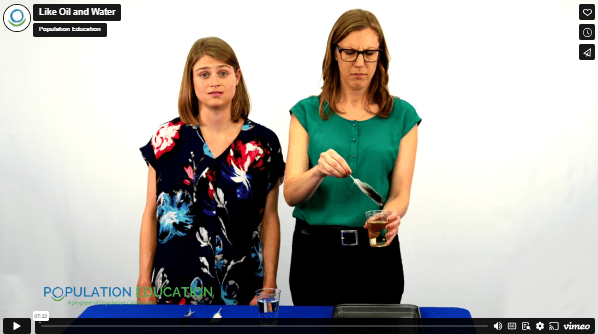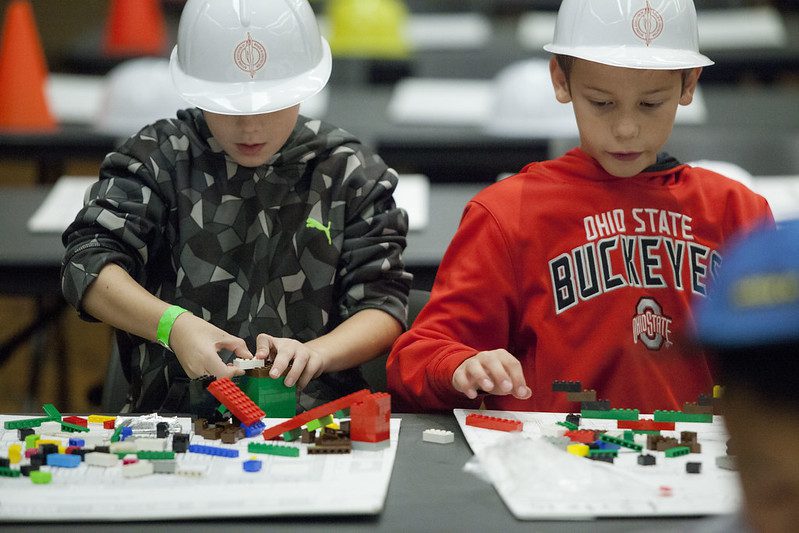This winter, PopEd is focusing on STEAM education. If you are reading this blog, you are likely already familiar with STEAM and some of its benefits. In a nutshell, STEAM takes the long(er) standing practice of STEM (Science, Technology, Engineering and Math) and brings in an element of art (dance, theater, music, and visual art).
STEAM Resources for your Classroom
With STEAM education being a relatively well-known classroom practice at this point, we will focus this winter on moving beyond the theoretical – highlighting practical strategies and tools and for converting STEAM from concept into practice. We’ll dive into how STEAM has direct connections with 21st Century skills, share lists of unique and fun tools that provide seamless STEAM integrations, and highlight lots of interesting and effective STEAM lessons that cover important global topics.
If you are interested in super-charging your STEAM teaching this winter, you’ll definitely want to follow along.
Here are some resources you can expect:

In the lesson, Like Oil and Water, students design, sketch and create prototypes to clean up a simulated oil spill.
1. A free webinar designed for teachers of grades K-8, highlighting some of PopEd’s best STEAM lessons. Join us by registering here!
2. A series of blogs that highlight practical resources and tips for using STEAM in classrooms of all ages.
3. A flurry of posts our social accounts with resources from reputable organizations, articles on STEAM education, and other inspiring content to ignite your STEAM enthusiasm.
Follow us on Facebook or X so that you don’t miss a thing! Use #PopEdSTEAM.
A Brief Background on STEAM
To understand where STEAM came from, we first need to look at the origin story of STEM. STEM as we know it emerged in the early 21st century. Around this time, data showed Americans falling short in STEM disciplines as compared with other nations. In 2009, in an effort to boost U.S. students to the top of the international pack in science and math achievement, President Obama launched the Educate to Innovate Initiative. The thinking was largely tied to economics – an emphasis on science, technology, engineering and math in schools would ramp up technological innovation and keep America competitive on the global field.
It quickly became clear that STEM itself was not enough – in order to be successful in STEM-related fields, students also needed to be creative problem solvers, have high emotional intelligence, and be effective communicators and collaborators. Enter: arts education. Bringing an arts aspect into STEM does not stop at just drawing and painting, it includes learning through music or theatrical arts, having opportunities to express one’s unique perspectives in unique ways, and it fosters inclusivity and empathy.

Children from grades K-6 competed by constructing structures with interlocking plastic blocks and other provided materials in the 2017 Block Kids building competition at College of DuPage
And while there are lots of opportunities these days to introduce students to things like coding, computer modeling, or robotics, STEAM does not require any fancy equipment. An example of STEAM education might be studying the mathematical elements of music or knitting, finding examples of the Fibbionacci sequence in nature, or popsicle stick tower building contest with curated plans and drawings.
While these examples may not seem directly tied to tomorrow’s job market, the skills that students acquire when integrating arts into other areas make them more adaptable down the road. In order to succeed in any job, one must be practiced and confident not just in their content area, but in their ability to think creatively, to innovate, and to be a team-player. These are all skills that are fine-tuned in STEAM education and are critical elements of any K-12 classroom.
Join us this winter as we explore all things STEAM!
Image credits: Children at 2017 Block Kids competition (“COD Hosts Block Kids Building Competition 2017 25” by COD Newsroom is licensed under CC BY 2.0)


